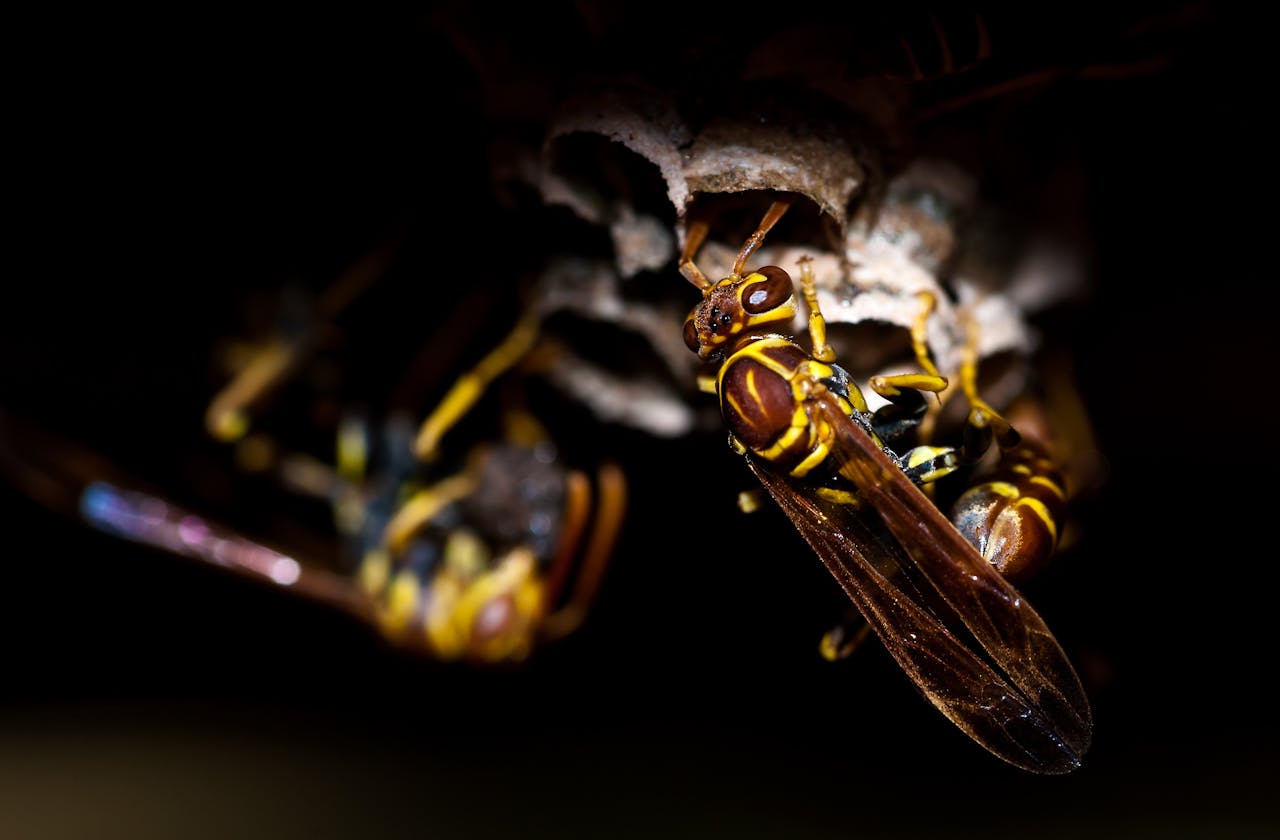
Image Source: Pexels
Your garden may be a peaceful oasis, but it could also be a secret magnet for unwanted and even dangerous pests. Some beautiful and popular plants naturally attract insects or animals that can damage your garden, infest your home, or even pose health risks. Before planting or keeping these species around, learn which ones might be inviting trouble. What looks harmless could be creating the perfect environment for infestations. The right plant choices can make the difference between a thriving garden and a pest-ridden mess. Let’s take a closer look at the plants that may be doing more harm than good.
1. Sunflowers
Sunflowers may brighten up your yard, but they’re a major draw for aphids. These small insects can quickly multiply, weakening nearby plants by sucking their sap. Worse, aphids attract ants, which farm them for honeydew and may defend them aggressively. Instead, opt for Black-Eyed Susans, which have a similar look. Plus, they are resistant to most pests and attract pollinators and helpful insects.
2. Fruit Trees (Like Figs, Peaches, or Apples)
While fruit trees may be delicious, they attract many dangerous pests. Fruit trees are irresistible to a wide range of pests, including wasps, hornets, fruit flies, and rodents. Fallen fruit on the ground creates the perfect feast, especially in summer. These pests can sting, bite, or spread disease if they move closer to your home.
3. Roses
Roses aren’t just romantic, they’re also a hotspot for Japanese beetles, thrips, and spider mites. These insects not only damage the blooms but can also spread to other plants. Japanese beetles, in particular, are notoriously hard to get rid of once established. Try Peonies in your garden instead. They have a similar look to roses and are far less prone to disease and pests. Additionally, they live extra-long and will bloom for years to come.
4. Ivy
English ivy is fast-growing and attractive, but it creates a dense, shaded environment that attracts spiders, mice, and even snakes. It also harbors moisture and provides cover for pests trying to sneak into your home. Once it climbs walls, it can damage structures and become difficult to remove. Creeping Jenny, Virginia Creeper, and Sweet Woodruff are all better alternatives.
5. Hostas
These popular shade plants are a favorite snack for slugs and snails. These pests thrive in damp, hidden environments and can quickly devour leaves, leaving behind slime trails. In large numbers, slugs can damage not only your Hostas but also nearby vegetation. Don’t destroy your garden, try Coral Bells that are colorful and slug-resistant.
6. Marigolds
Surprisingly, while marigolds repel some insects, they also attract spider mites and thrips. If planted in large groups, they can become a breeding ground for these pests. Spider mites, in particular, can spread fast and weaken your entire garden. Nasturtiums or Pot Marigolds are much safer alternatives.
7. Bamboo
Bamboo is trendy for privacy hedges, but it’s a pest magnet. They especially attract mosquitoes and rats. The dense, moist thickets offer ideal hiding and breeding spots. Plus, once established, bamboo is nearly impossible to contain and can overwhelm your garden.
Avoid Dangerous Pests
Not every plant is as innocent as it looks. While these seven are popular in gardens, they can bring unwanted guests along with their beauty. Consider planting pest-resistant alternatives or taking extra precautions to control infestations before they start.
Read More
8 Common Garden Tools That Could Be Illegal in Your City
How To Get Free Seeds From The Government

Teri Monroe started her career in communications working for local government and nonprofits. Today, she is a freelance finance and lifestyle writer and small business owner. In her spare time, she loves golfing with her husband, taking her dog Milo on long walks, and playing pickleball with friends.
Leave a Reply